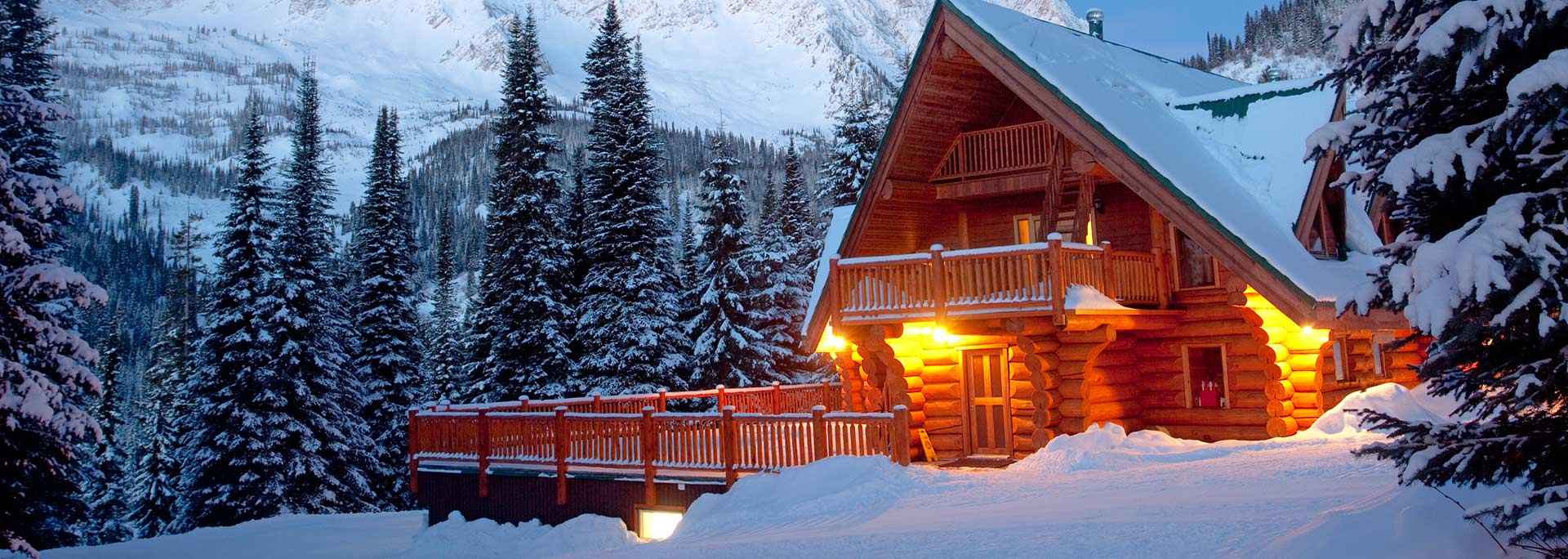As we head further into the new year, it’s important to realize that protecting your home from water damage is not a “one-and-done” proposition. To safeguard your house (and second home) from the detrimental effects of unexpected moisture and water, it is important to take precautions throughout the year.
Here are some quick tips you can practice to help ensure your home is safe and water-tight during every season.
Spring
Clean your gutters – Inspect your gutters and remove any obstructions caused by leaves, limbs, or other debris. Make sure that all rain water flows to the downspouts and that this moisture empties away from the foundation of your home and into a water-safe area.
Inspect your roof – Take a closer look at the overall structure of your roof. Repair or replace any loose shingles. Look for sunlight in crawl spaces that may indicate gaps or holes. Check for any water stains on ceilings that could be a sign of water damage.
Maintain your sump pump – If you’re like many homeowners, your basement is susceptible to water damage during the spring rainy season. Make sure your sump pump is operating properly to help prevent substantial flooding in your home.
Summer
Practice proper landscaping – Be sure to slope any soil near your home away from the foundation. Also, plant shrubs and plants at least six feet from your home to help prevent accumulating water that could damage your house over time.
Check outdoor hoses and faucets – Summer is a season for yard work and outdoor pools. Make sure your outdoor hoses and facets are in peak operating condition to prevent home water damage when they will be more frequently used.
Look for mold or moisture issues – The high summer heat can sometimes more readily reveal areas in your home affected by mold and moisture. Telltale signs include: flaking paint and wallpaper; black, speckled marks; and musty smells.
Fall
Seal windows and doors – Before the temperatures take a turn to the extreme cold side, take the time to insulate your windows and doors. It’s more comfortable to do this now and it will be a big head start toward reducing higher energy costs in the winter.
Clean and inspect your fireplace and chimney – Check your chimney to ensure that it is watertight. Whether you burn firewood or not, you’ll want your fireplace to be clean and open while not allowing in any water or moisture.
Care for your outdoor deck – When you begin to store your outdoor furniture for the winter, it’s a great time to add a coat of waterproof sealant to your deck. This will help to prevent water and moisture from collecting near walls and doors in your home.
Winter
Prevent pipes from freezing – Set your thermostat to keep your home and basement at reasonably warm temperatures even if you are away. Use insulation on any metal water pipes that may be susceptible to freezing temperatures. Disconnect outdoor hoses for the season.
Protect your water main – Check your water main handles to ensure you can quickly turn the water on and off in the event of your pipes bursting or other indoor water issues. If the handle is hard to turn, apply an oil-based lubricant spray.
Monitor your home appliances – Be sure all pipes and connections leading to and from your appliances are properly insulated. Leaking appliances are one of the leading causes of home water damage, especially during the winter months.
We hope you find these tips helpful and easy to practice to effectively protect your home from water damage. And we’ll add one more important consideration. Install a proven water detection system to give yourself peace of mind throughout the year. Looking for more details? Feel free to contact us today!
